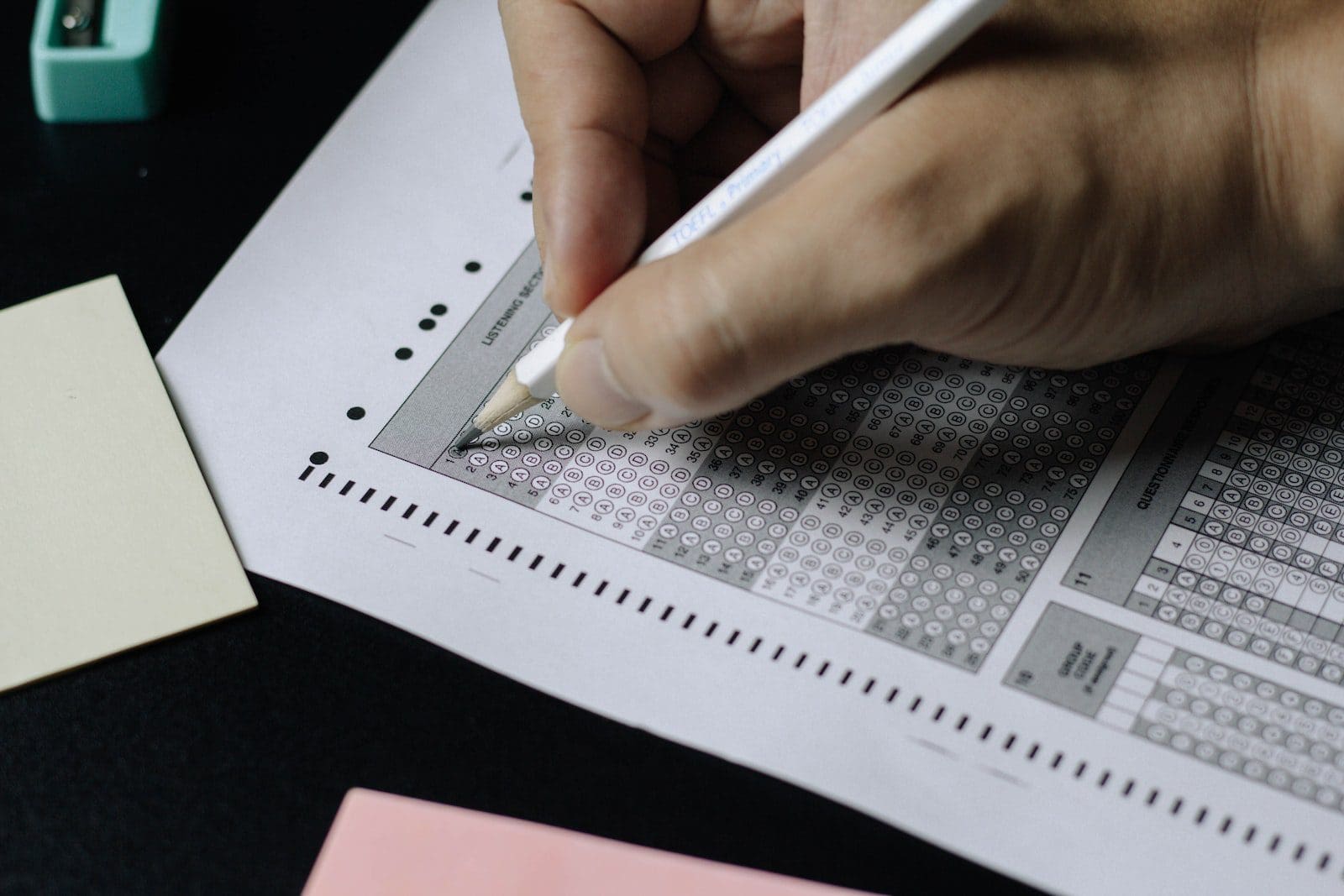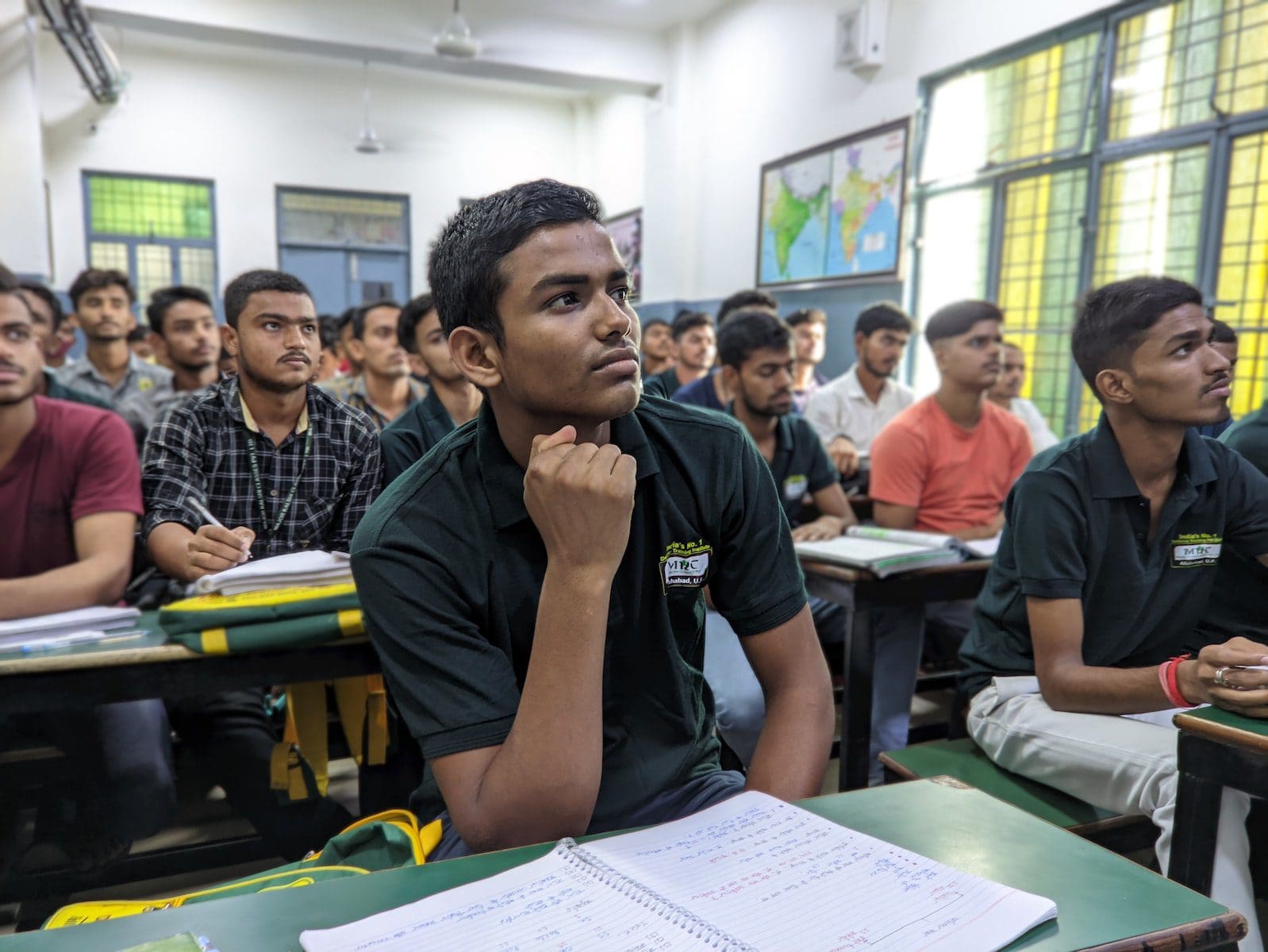The course curriculum, examination patterns, and marking schemes are specified differently by each state under the SSC. At the same time, the CBSE board has a uniform exam pattern and curriculum that applies to all schools certified by the board throughout the country.
Key Takeaways
- CBSE stands for Central Board of Secondary Education and is a national-level education board in India. In contrast, SSC stands for Staff Selection Commission and is responsible for recruiting staff for various government organizations.
- CBSE conducts board exams for students in grades 10 and 12 and designs the curriculum and textbooks for affiliated schools. In contrast, SSC conducts recruitment exams for government posts such as clerks, assistants, and officers.
- While CBSE focuses on providing quality education and preparing students for higher education, SSC’s primary objective is to select the best candidates for government jobs based on their skills and qualifications.
CBSE vs SSC
CBSE (Central Board of Secondary Education) is a structure to provide students with a broad and holistic education, focusing on science, mathematics, and technology. SSC (Secondary School Certificate) focuses more on vocational training and skills development and uses a percentage-based system.

The syllabi of each of these examinations are differently formulated and regulated by the respective levels of governmental boards that authorize them.
Comparison Table
| Parameters of Comparison | CBSE | SSC |
|---|---|---|
| Regulatory Authority | The central government of India regulates the CBSE board. | The state governments of India regulate the SSC board. |
| Full-Form | Central Board of Secondary Education. | State Secondary Certificate. |
| Syllabus Formulating Authority | The National Council of Educational Research and Training formulates the syllabus. | The syllabus for the SSC examination is formulated by the state education boards of each state in India. |
| Emphasis of English | English is the mode of instruction and focuses on acing the language’s communicative and literary use. | English is secondary in most SSC-affiliated schools as regional languages gain preeminence. |
| Course Difficulty Levels | Tougher courses than the SSC syllabus. | Easier course structure. |
| Curriculum Focus | A holistic curriculum is created that emphasises learning and extra-curricular activities. | The curriculum focuses on learning; extra-curricular activities are evaluated as simply ancillary additions. |
| Uniformity | The syllabus and curriculum are uniform all over the country. | The syllabus and curriculum vary in each state. |
| Competitive Edge | CBSE is a better fit for competitive examination aspirants. | SSC board education may not help the child develop the competitive edge to ace such exams. |
What is CBSE?
CBSE connotes the Central Board of Secondary Education. The central government of India regulates it. CBSE schools are well-reputed for their distinctive focus on English proficiency and providing holistic education to all students.
The National Council of Educational Research and Training specially crafted the CBSE syllabus and curriculum. The concentric syllabus of a CBSE-affiliated school is much coveted for instilling a distinctive competitive edge in students.
The uniformity of the course structure is maintained throughout the CBSE-affiliated schools across the country. This is especially beneficial for students who have to relocate frequently.
The syllabus is designed to make learning fun for students while imbuing them with critical thinking. Hence, the curriculum may be described as tougher than most state boards.
CBSE is also reputed among its international peers and gives students an upper hand while seeking admission to colleges and universities abroad.

What is SSC?
State Secondary Certificates or SSC boards are controlled and regulated by the state governments of the different states of the Indian Union. The state education boards of each state decide the structure of the syllabus and curriculum for SSC-affiliated schools in that state.
The course material of SSC-affiliated schools is comparatively easier than other reputed boards in the country. This makes the courses of SSC schools lack uniformity. The absence of a concentric syllabus deters many parents from making SSC schools their first choice.
English is not given preeminence in these schools. Moreover, the medium of instruction can be regional languages in some states. These may be considered the drawbacks of the board.
The curriculum is education oriented. Learning assumes superiority over all other extra-curricular activities. This may hinder the nurturing of an exceptionally talented child. Moreover, it may also make studying monotonous.

Main Differences Between CBSE and SSC
- The main difference between CBSE and SSC is that the central government of India regulates the former. In contrast, the latter is regulated and run by the respective state governments of the Indian Union.
- The full form of each abbreviation is considerably different. CBSE is the Central Board of Secondary Education abbreviation, while SSC stands for State Secondary Certificate Examinations.
- The National Council of Educational Research and Training formulates the CBSE syllabus. The syllabus for the SSC examination is formulated by the state education boards of each state in India.
- Extra-curricular activities are not given equal importance in SSC-affiliated schools. Learning is the sole focus of the curriculum. CBSE schools lay equal emphasis on both educational as well as extra-curricular development of the child. CBSE schools create a holistic curriculum for students.
- The syllabus and curriculum of the CBSE board are uniform across the country. All schools affiliated with the board must adhere to the same clauses. At the same time, the SSC board syllabus, guidelines of operation, and curriculum vary from state to state. Each state government has considerable autonomy in shaping the structure of SSC examination patterns.
- The mode of instruction in a CBSE school is English. The curriculum implemented in CBSE-certified schools emphasizes the effective learning of the English language and mastering communicative interaction. While in the case of schools certified under the SSC board, the mode of instruction may be English or regional languages. The state board curriculum does not lay the same emphasis on learning communicative English.
- Evaluation of both syllabi reveals that the CBSE syllabus is more difficult than the courses taught in the state board schools. A criticality-oriented approach to learning is followed in the former. Thus, exam questions may vary from what is directly taught in the classes.
- CBSE is better for those who aim to appear for competitive examinations. The course structure of these schools prepares students for such examinations. At the same time, state boards may not be a perfect fit for those aspiring to ace competitive exams.



